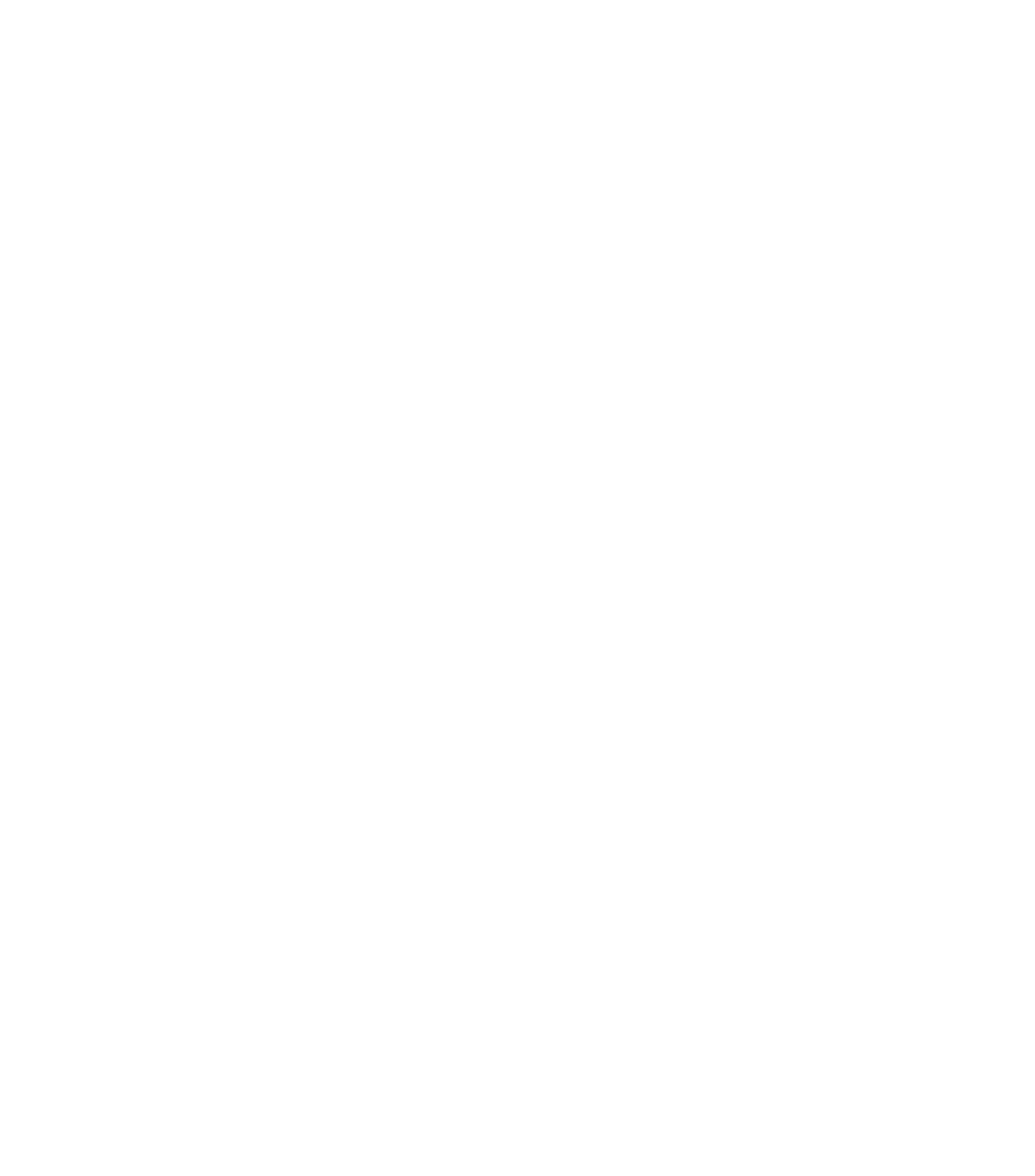Panic attacks can be an overwhelming experience that leaves you feeling helpless and terrified. In this article, we will explore effective grounding techniques to help manage panic attacks, including sensory exercises, mindfulness techniques, and muscle relaxation. Follow this step-by-step guide to implement grounding techniques and reduce the symptoms of panic attacks.
Understanding Panic Attacks
Symptoms
Panic attacks are characterized by sudden and intense feelings of fear, anxiety, or discomfort. Symptoms can include:- Rapid heartbeat
- Shortness of breath
- Dizziness
- Nausea
- Chest pain
- Sweating
- Trembling
- Fear of losing control or dying
Causes
Panic attacks can be triggered by various factors, such as stress, trauma, or specific situations. Identifying and understanding the cause of your panic attacks is crucial in developing effective coping strategies. Delve deeper into the various biological, psychological, and environmental factors that contribute to panic attacks.Grounding Techniques
Grounding techniques are designed to help you stay present and regain control during a panic attack. Let's explore three main categories of grounding techniques:Sensory Exercises
Sensory exercises help you focus on your senses to bring your awareness back to the present moment.5-4-3-2-1 Technique
This technique involves identifying:- Five things you can see
- Four things you can touch
- Three things you can hear
- Two things you can smell
- One thing you can taste
Deep Pressure Stimulation
Applying firm pressure to your body, such as hugging yourself or using a weighted blanket, can help regulate your nervous system and calm your anxiety.Mindfulness Techniques
Mindfulness techniques teach you to focus on your thoughts, feelings, and bodily sensations without judgment.Mindful Breathing
Focus on your breath, inhaling deeply through your nose and exhaling slowly through your mouth. Observe how your chest and abdomen rise and fall with each breath.Body Scan Meditation
Starting from your toes and moving up to your head, pay attention to each part of your body, noticing any sensations or tension. Breathe into any areas of tension and release them as you exhale.Muscle Relaxation
Muscle relaxation techniques help you release physical tension, which can reduce anxiety and panic symptoms.Progressive Muscle Relaxation
Tense and relax each muscle group in your body, starting from your toes and working your way up to your head. Focus on the sensations of tension and relaxation.Yoga
Yoga combines physical postures, breathing techniques, and meditation to promote relaxation and reduce anxiety. Practice a few simple poses, such as Child's Pose or Legs-Up-The-Wall Pose, to help calm your mind and body. For additional tips and strategies, check out our guide on coping skills for managing panic attacks.Step-by-Step Guide to Implement Grounding Techniques
- Identify your panic attack triggers
- Choose a combination of grounding techniques that resonate with you
- Practice the techniques regularly, even when you're not experiencing a panic attack
- During a panic attack, start by focusing on your breath and then move on to other grounding techniques
- Keep a grounding technique "toolkit" with you at all times, such as a list of sensory exercises or a small object to touch and focus on
- Adjust and modify the techniques as needed to find what works best for you
Creating a Personalized Grounding Plan
Developing a personalized grounding plan can help you feel more prepared and in control when panic attacks occur. Consider the following steps:- Reflect on the grounding techniques you've learned and identify which ones resonate with you the most
- Create a list or visual reminder of your chosen techniques to keep with you at all times
- Practice your grounding techniques regularly to build familiarity and confidence in using them
- Share your grounding plan with a trusted friend or family member who can offer support during a panic attack
Additional Tips for Managing Panic Attacks
- Maintain a regular sleep schedule and practice good sleep hygiene
- Engage in regular physical activity, such as walking or yoga
- Limit caffeine and alcohol consumption
- Practice stress management techniques, such as deep breathing, meditation, or journaling
- Seek professional help from a therapist or counselor
When to Seek Professional Help
If your panic attacks are frequent, severe, or significantly impacting your daily life, it's essential to seek professional help from a mental health professional. A therapist or counselor can help you identify the underlying causes of your panic attacks and develop a comprehensive treatment plan.Conclusion
Grounding techniques can be a powerful tool for managing panic attacks and regaining control during these overwhelming moments. By practicing sensory exercises, mindfulness techniques, and muscle relaxation, you can effectively reduce the symptoms of panic attacks and improve your overall well-being. To discover more about preventing panic attacks, including lifestyle changes and stress management, visit our comprehensive guide.FAQs
- What is the main purpose of grounding techniques?Grounding techniques help individuals stay present, regain control, and reduce anxiety during panic attacks.
- Can grounding techniques completely prevent panic attacks?While grounding techniques may not completely prevent panic attacks, they can significantly reduce their severity and help you regain control more quickly.
- How often should I practice grounding techniques?It's essential to practice grounding techniques regularly, even when you're not experiencing a panic attack, to build familiarity and confidence in using them.
- Can I create my own grounding techniques?Absolutely! The key is to find techniques that work best for you, whether they're based on existing methods or entirely unique to you.
- Should I seek professional help if grounding techniques don't work for me?Yes, if grounding techniques are not effective in managing your panic attacks or if your attacks are frequent and severe, it's essential to seek professional help from a mental health professional.
